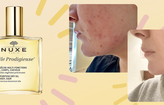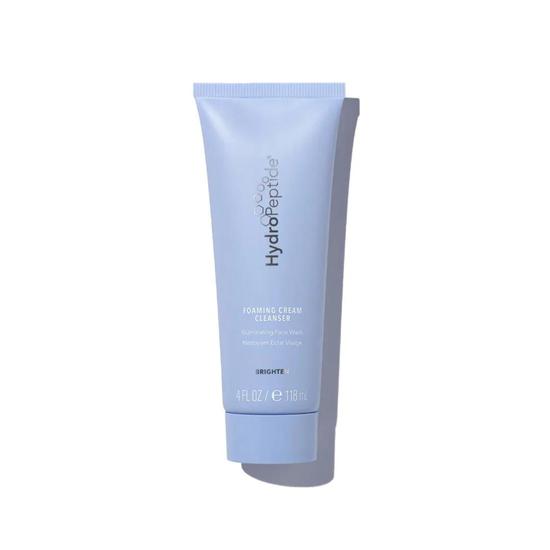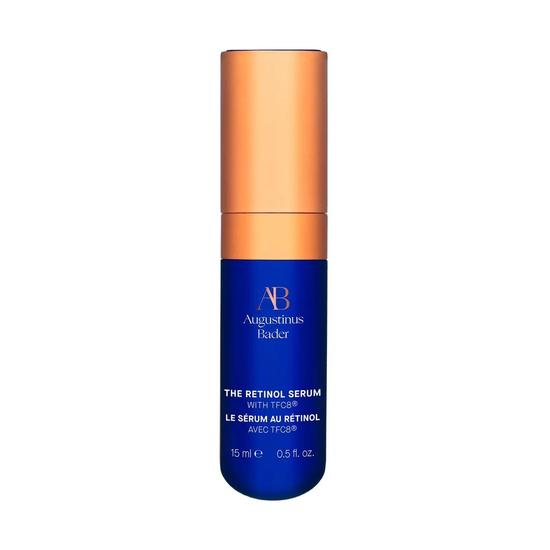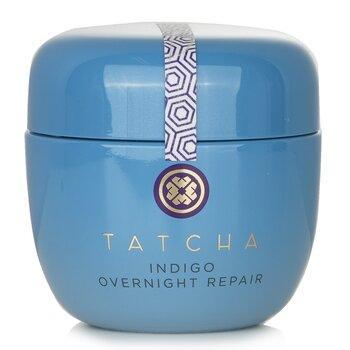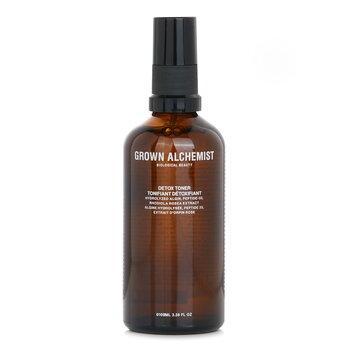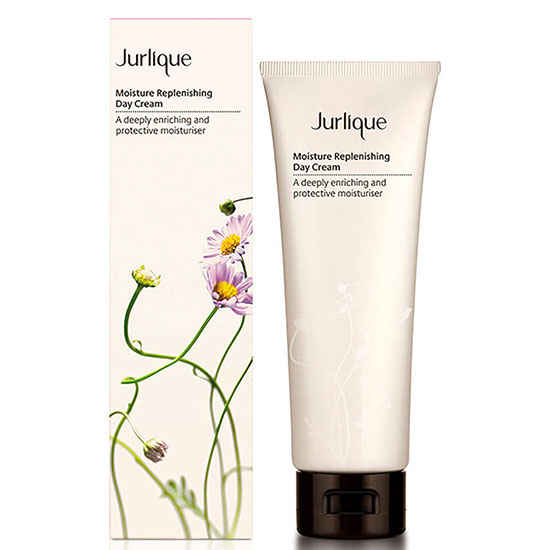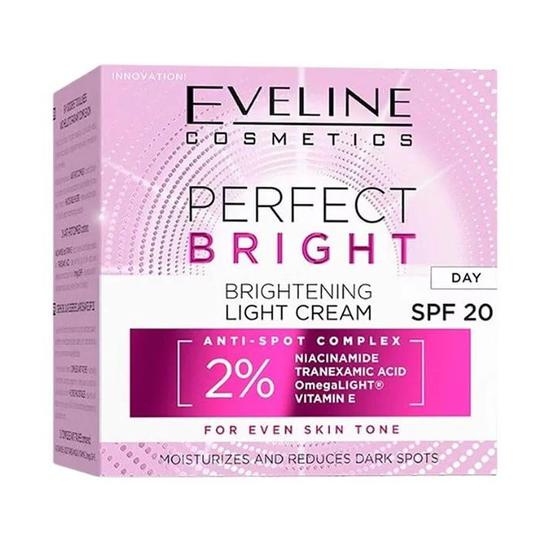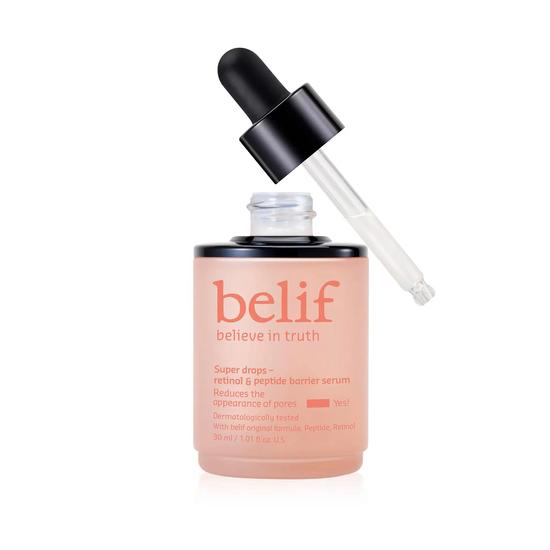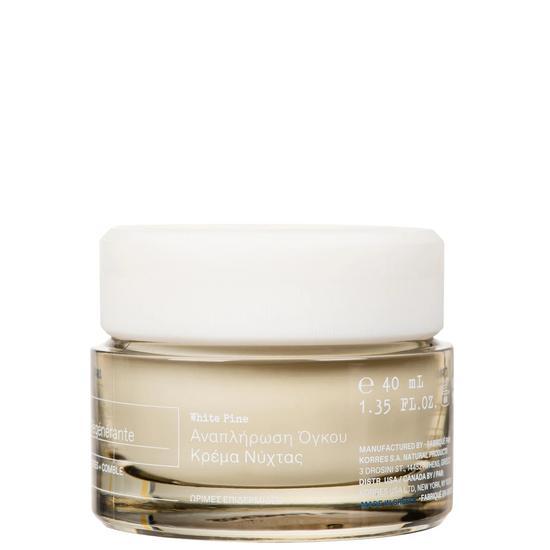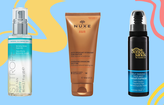
- Skin
- Tranexamic Acid With Retinol
Can You Use Tranexamic Acid With Retinol?
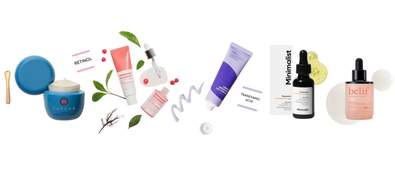
Often touted as a more tolerable alternative to retinol, tranexamic acid is particularly effective in combating dark spots, such as melasma and post-acne marks. Like retinol, tranexamic acid also evens and brightens skin tone; when it comes to barrier support, redness and irritation, TA even supersedes retinol. Can the two, with all the overlaps, work in tandem?
Can You Use Tranexamic Acid With Retinol?
Yes—and this powerhouse pair can be transformative for pigmentation and texture when used correctly.
Tranexamic acid and retinol are two highly effective skincare ingredients that address different concerns but can work beautifully together. Retinol is your go-to for smoothing skin, reducing fine lines, and increasing cell turnover. Tranexamic acid, on the other hand, is a brightening agent known for reducing stubborn dark spots and discolouration, especially from melasma and post-inflammatory hyperpigmentation.
Together, these ingredients target tone and texture—fading existing dark spots while improving overall skin clarity and firmness. But because both are active ingredients, using them in the same routine takes care and planning.
Why this pairing works:
- Dual action on pigmentation: One fades existing marks, the other prevents new ones.
- Improves skin tone and texture: Combines collagen support and evenness.
- Balanced efficacy: Retinol exfoliates; tranexamic acid soothes and lightens.
- Well tolerated: Most skin types can use both with proper layering and support.
👉 Already know the benefits of each ingredient?
Jump To Routine
What does tranexamic acid do for your skin?
Tranexamic acid is a synthetic amino acid derived from lysine. Originally used to treat excessive bleeding, it’s been shown to reduce melanin production in the skin by inhibiting an enzyme involved in pigmentation (plasmin). In skincare, it’s used topically to fade discolouration, brighten the complexion, and calm inflammation.
It works differently from acids like glycolic or salicylic—it’s not exfoliating. Instead, it reduces the overproduction of pigment, making it ideal for persistent dark spots and blotchy patches.
Key benefits of tranexamic acid:
- Fades dark spots: Particularly effective for melasma and post-acne pigmentation.
- Evens skin tone: Reduces blotchiness and patchiness for a more uniform appearance.
- Brightens complexion: Promotes a more radiant, glowing look.
- Calms inflammation: Helpful for redness or irritation-related discolouration.
- Pairs well with other brighteners: Works synergistically with niacinamide, kojic acid, and retinoids.
- Non-exfoliating: Gentle and suitable for sensitive skin.
Best for:
- Hyperpigmentation and melasma
- Post-inflammatory marks (acne, eczema, etc.)
- Redness-prone skin
- Uneven skin tone or dullness
Tranexamic acid is typically found in serums, creams, or targeted spot treatments in concentrations between 2–5%.
What does retinol do for your skin?
Retinol is a vitamin A derivative known for its unmatched ability to stimulate cell turnover. It helps reduce fine lines, unclog pores, and encourage collagen production—making it a staple for anti-ageing and acne-prone routines.
Retinol works by accelerating the rate at which skin cells are replaced, which also helps fade discolouration and improve skin texture over time. But it’s powerful—and often comes with side effects like dryness, irritation, and purging in the early stages of use.
Key benefits of retinol:
- Speeds up cell turnover: Clears dead skin and reveals smoother, healthier skin.
- Fades pigmentation: Helps lift discolouration over time through increased renewal.
- Boosts collagen: Minimises fine lines and supports skin firmness.
- Improves texture: Smooths rough patches and evens skin tone.
- Treats acne: Unclogs pores and reduces breakouts.
- Refines pore appearance: Promotes clearer, more refined-looking skin.
Best for:
- Fine lines and signs of ageing
- Pigmentation and sun damage
- Acne and post-acne marks
- Rough or textured skin
Retinol is best introduced slowly—start with 1–2 nights per week and gradually increase frequency as your skin adjusts.
Comparing Retinol and Tranexamic Acid Side-by-Side
| Benefit | Retinol | Tranexamic Acid |
|---|---|---|
| Primary Function | Vitamin A derivative that increases cell turnover and stimulates collagen | Brightens and reduces pigmentation by blocking excess melanin production |
| Fades Hyperpigmentation | ✅ Reduces dark spots and post-acne marks over time | ✅ Highly effective for melasma and uneven tone |
| Improves Skin Texture | ✅ Smooths rough texture and fine lines | ✅ Refines skin texture and boosts clarity |
| Boosts Collagen & Firmness | ✅ Strong collagen stimulator for firmer skin | ❌ Does not directly affect collagen production |
| Brightens Dull Skin | ✅ Reveals a more radiant complexion with regular use | ✅ Visibly brightens and evens skin tone |
| Reduces Inflammation | ⚠️ Can cause mild irritation before tolerance builds | ✅ Anti-inflammatory and calming |
| Hydration & Barrier Support | ⚠️ May cause dryness or flaking | ✅ Helps maintain barrier strength and hydration |
| Antioxidant Protection | ✅ Offers mild antioxidant benefits | ✅ Provides protective antioxidant activity |
| Irritation Potential | ⚠️ Can cause dryness, redness, or peeling initially | ✅ Very low – gentle and well tolerated |
| Suitable for Sensitive Skin | ⚠️ Introduce gradually and buffer with moisturiser | ✅ Safe for most skin types, including sensitive |
| Best Time to Use | PM only – avoid sunlight after use | AM or PM – can be paired with retinol at night |
How to combine Retinol and Tranexamic Acid
Option 1: Use both in the same routine (evening)
- Step 1: Cleanse your skin with a gentle, non-stripping cleanser.
- Step 2: Apply tranexamic acid—if it’s in serum form, layer it first.
- Step 3: Wait a minute, then apply retinol (especially if using a high-strength formula).
- Step 4: Follow with moisturiser to buffer any irritation. Use richer creams if your skin is prone to dryness.
Optional: Add a hydrating step (like hyaluronic acid) between the two for extra comfort.
This is suitable for experienced users or anyone whose skin is already accustomed to retinol.
Option 2: Split use (ideal for sensitive or beginner skin)
- A.M. Cleanser → Tranexamic acid → Moisturiser → SPF
- P.M. Cleanser → Retinol → Moisturiser
This schedule gives your skin a break while still benefiting from both ingredients. Plus, using tranexamic acid in the morning helps prevent UV-triggered pigmentation—just don’t skip the sunscreen.
A.M.
P.M.
Tips for success
- Start slowly: If new to retinol, introduce it 1–2 nights per week before combining with other actives.
- Hydrate and protect: Use barrier-supportive moisturisers and never skip SPF during the day.
- Use stabilised formulas: Especially for vitamin C, if also present in your routine.
- Patch test: Always test new combinations before applying to your full face.
Don't overwhelm your routine: Avoid using other strong actives (AHAs, BHAs, strong vitamin C) alongside this combo unless professionally advised.
FAQs
Can I use tranexamic acid and retinol in the same routine?
Yes. They don’t chemically interfere with each other and can be layered. Apply tranexamic acid first if it’s a lighter serum, then retinol, and always follow with a moisturiser.
Will using both cause irritation?
It’s unlikely—tranexamic acid is very gentle and may even soothe some of retinol’s harsher effects. Still, start slow and monitor your skin closely.
Can I use tranexamic acid in the morning and retinol at night?
Absolutely. This is one of the best ways to space them out and reduce risk of sensitivity. Just remember SPF is essential when using actives for pigmentation.
What skin types benefit from this combination?
All skin types can benefit—especially those dealing with hyperpigmentation, post-acne marks, or uneven tone. Sensitive skin types should patch test first and use lower retinol concentrations.

Written by Maria Mukaranda
Maria’s background is rooted primarily in creative media and a love for all things written, expressed through experience both online and in print; for creative platforms spanning from music to fashion to beauty.
Top Posts

